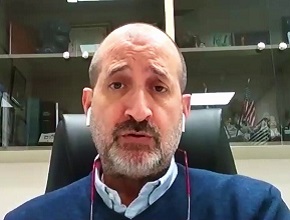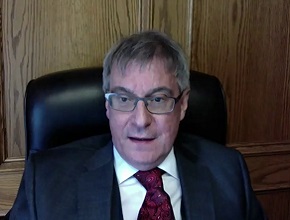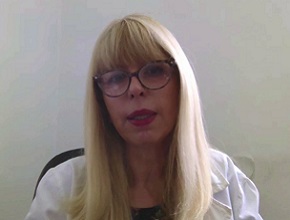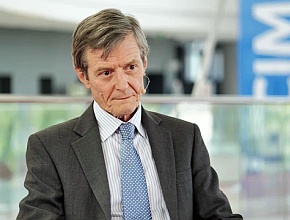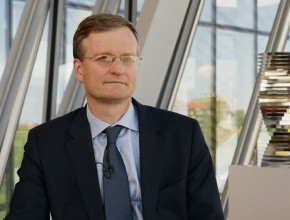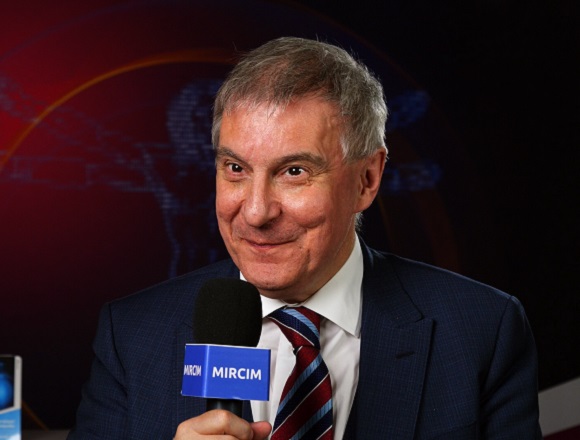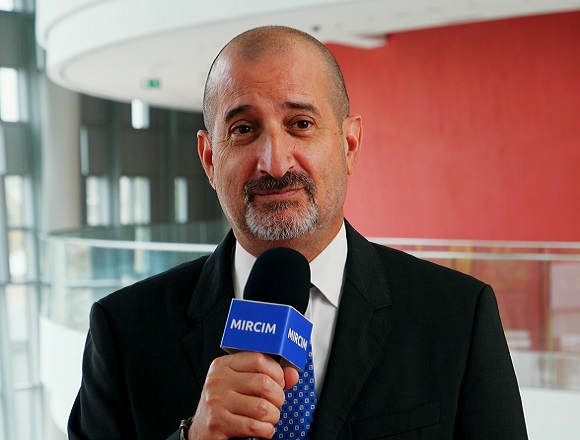Dr Irene Sarosiek is a tenured professor of medicine and director of GI Motility Neurostimulation Research at Texas Tech University Health Sciences Center (TTUHSC) in El Paso, Texas, United States.
If you were to name the 3 most important recent advances in the management of gastrointestinal motility disorders, what would they be?
Irene Sarosiek, MD: Hello, welcome again. It’s Dr Sarosiek and I was challenged with the question that you are aware of—what I think about the most advanced steps in the management of gastrointestinal (GI) problems right now.
And I tell you, I was thinking very seriously [about it] because, I mean, it is the general clinical arena of gastroparesis. This is a functional issue and, as everybody knows, it’s much harder to treat a condition that you cannot see with your eyes. You cannot actually scope [out] and diagnose because there is an ulcer, there is a tumor, there is a change, there is bleeding. There is nothing; you actually are looking at nothing. That is very subjective and it’s very hard to label those patients the right way because what I think we made advances [in] and what I would like to mention is the fact that we started to distinguish very well, based on 20 to 25 years of observations, that many other conditions are mimicking the same clinical presentation. Therefore it is very difficult to put patients on the right track and expedite their diagnostic procedures by giving them the right recognition of the disease and treat it.
What I am mainly talking about—and I am happy we’ve made those advances—is establishing the CVS; [it] sounds very [similar] to pharmacy stars in the United States, but this is the cyclic vomiting syndrome, a condition that affects young generations of people who clinically look exactly like [in the case of] gastroparesis, but they are actually having a few “pearls” in their presentation that can tell you they [do not have] gastroparesis. And that’s something that MIRCIM will probably have a lecture about next year. I hope that’s the case to [be] talk[ed] more about because more and more people are diagnosed with this, so there are “pearls” that can be recognized and they [the patients] can get the diagnosis sooner.
My painful experience is the fact that we studied many drugs for gastroparesis patients over the last years, many years, and were not able to bring anything—[maybe] not anything, but many of them—to the surface. And the reason for it is because this is very subjectively driven physiologic response of the patients to the treatment that you give them. It is very much based on perception, on their own individual approach, and feelings, and adjustment to the way they feel. Therefore we failed with the approval of so many drugs that were only in the investigational arena; and they have not seen the light on the end of the tunnel and are not approved for those patients. That’s my problem. That’s the problem of many of us who cannot provide those kinds of things.
What I’m happy about are the facts that we have very good technology. We change many things in our diagnostic strategies. We are able to utilize wireless motility capsules, SmartPill or other motility capsules. MoPill is [also] on the arena; and we have diagnostic tests with dynamic antral scintigraphy, which is very precise, and the FLIP technology to measure pressure, distension of the pylorus in the patients. So, we are going very well in this direction and that’s what I am proud of.
Probably the biggest step forward in the last 3 to 4 years was the fact that we are getting to the bottom of this issue of the cause of gastroparesis, which is at the cell level. The immune response, microphages, the cells of Cajal, fibrosis—we are looking at the presentation, [at] what is only seen under the microscope. We are still not at the finish line, but I tell you, one step forward creates so many questions and we change our view and go around and around to get to the core of it. And that’s something that is very difficult.
What I am very hopeful for—so, the past (unhappy and happy) and what I hope it will be in the future—I think we have the stem cells on the horizon and it will reach the level when we will be able to generate the nerves, the enteric nervous system connections and muscle-stimulating activity, [the whole] electrical connection between those systems and [it] will be a fantastic way to help those patients because if they are depleted because of the numbness caused, for example, by diabetes, then they would be able to function and they would be able to get their quality of life back, and they can be saved and then improve everything around their being and comorbidity; and any complications that come out with this condition will be taken away from their agenda for the future.
That’s what I am right now. And I hope many other people and many young-generation physicians, and our students specifically… When I teach them, I tell them, please take this fire [of] enthusiasm and take this whole vision of helping those patients who, to tell you the truth, nobody wants to be bothered with. It’s very hard to treat functional conditions in our systems. Therefore I count on you. And I would be so thrilled if on the end of my career I see people who follow our directions and will help those desperate, disabled, and very sick, and very kind patients. Thank you.
 English
English
 Español
Español
 українська
українська


